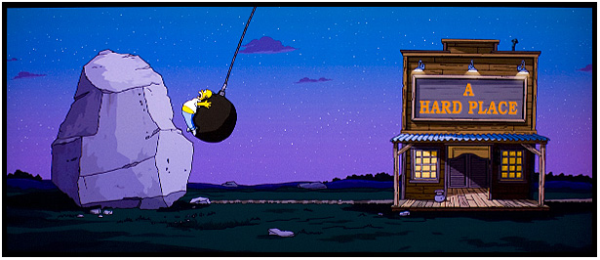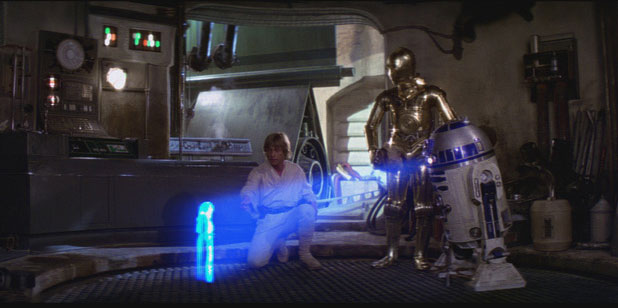09 May dilemmas & decisions of no return!
greetings friends!
I hope the beginning of May finds you well. recently I’ve been working on a variety of writing projects. one of which started out as an idea for a rather small scale movie, but ended up growing into an almost novella level of character backstory. since it’s set a hundred years in the future, there was a lot of freedom to play with what had transpired in the world and how things had (or hadn’t) changed.
at this point I don’t really know what it will become. it could be a book of short stories, a tv series, or just the backstory for the initial idea. either way, it’s been exciting to take on a project of with a larger scope than I’ve done before.
this one project was taking several months to get out on paper, but I still wanted to keep the machinery of “new ideas” moving. so I took a break and brainstormed ideas for other film projects. after a bit I came up with an idea that I thought had some promise – a low budget sci-fi with a strong dramatic dilemma. if you’ve been reading my blog for a bit, you know these are all things that excite me.
while developing the project I formed a mental connection between the idea of “dramatic dilemmas” and another concept that I’ll call “decisions of no return.” it was one of those “slap your forehead, why didn’t I think of this sooner?” sort of moment! and it ended up being extremely useful to my outlining process.
as such, I thought I’d share it with y’all – and perhaps you might find use in it, or maybe it will inspire a new technique of your own!
okay, first things first though. what is a dramatic dilemma?
the concept of the “dramatic dilemma” is something I learned at one of my very first “Hollywood” jobs. I was reading scripts and doing general assistant work for a woman who managed writers & directors. she in turn was mentoring me with the idea that one day, when I was more advanced in my career, she would become my “official” manager. this never happened, but getting the experiences of reading scripts, writing coverage, talking to her about what did/didn’t work were all extremely valuable. in particular, she showed me how crucial a strong dilemma is to a compelling story and this has been very important in my journey as a storyteller.
at the most basic level, the dramatic dilemma is the “damned if you do, damned if you don’t” situation that a character is placed in. the harder the decision – the more compelling the drama and the more the audience will care. (more on dilemmas here.)

we want our heroes to have to make tough CHOICES. there shouldn’t be an obvious decision for them to make, because if there was it wouldn’t be a touch choice! and by placing them between the proverbial “rock and a hard place” we force them to make a “decisions of no return.”
in his essay entitled “The Myth of 3 Act Structure,” FILM CRIT HULK writes, “SO HULK, AS WELL AS MANY SCREENWRITERS, PROFESSORS, ACTUAL GOOD BOOKS ON SUBJECT, AND MANY OTHER SMARTER PEOPLE THAN HULK, DEFINE THE END OF AN ACT AS FOLLOWING: A POINT IN STORY WHERE CHARACTER(S) MAKE CHOICE AND CAN NO LONGER “GO BACK.”
it’s really a fantastic essay and I’m not going to try and summarize it… you should just go and read it. but for our purposes here, it focuses on how character choices are very, very important. without them a story will end up feeling flat and unimportant. these “decisions of no return” are needed to propel the character development and drive the plot of the movie forward.
and in order to make a meaning full choice, the character needs to be presented with a strong dilemma.
the DILEMMA makes the drama have tension, then the CHOICE moves the story forward and voilà we have DRAMATIC STORY TELLING.
now, how did I use these two concepts in my development?
as I was building my outline I wrote these at the end of each act break:
DILEMMA:
CHOICE:
CONSEQUENCE:
I made sure there was a compelling dilemma, a clear choice, and a consequence that would drive the story forward. now, at this stage in my outlining process I was only breaking down the decisions at the end of each act, but my protagonist should constantly be making decisions which keep the story moving and/or develops their character.
again, FILM CRIT HULK writes, “THAT “FULL OF DECISIONS” ASPECT NEED BE THERE. THE PACE SHOULD QUICKEN. THINGS SHOULD FEEL LIKE THEY FALLING OUT OF CONTROL.”
for instance, as I was doing rewrites on my screenplay NATURAL ‘STACHE, I found most of my five acts had strong “mid-act” decisions… but my fourth act did not have a strong dilemma & decision. AND this was the part of the screenplay that felt like it was dragging! after noticing this, I forced the protagonist to make another definitive choice. with that in place, the story felt like it had forward momentum again.
but since few of you have read my Bigfoot/Mustache comedy, let’s take a look at a film that most of us should be familiar with – STAR WARS. in this film there are lots of characters making decisions, but let’s focus on the main protagonist, Luke Skywalker.

here are some of the decisions he makes:
Luke decides to take restraining bolt off of R2D2
Luke decides to go find R2D2
Luke decides to go to Alderaan w/ Obi Wan
Luke decides to try and rescue the Princess
Luke decides to go to Yavin
Luke decides to stay with the Rebels and fight
Luke decides to turn off the targeting computer and trust The Force
each of these choices gets harder and harder, and has more significant consequences. as the story deepens and grows more, shall I say… “dramatic,” the audience becomes more involved. we care more & more as the situation gets tougher for Luke!
let’s take a look using my simple breakdown.
DILEMMA: does Luke take off the restraining bolt & risk R2D2 running away OR does Luke leave the restraining bolt on and risk not seeing the rest of the message from the Princess?
CHOICE: Luke takes off the restraining bolt.
CONSEQUENCE: R2D2 runs away.
once R2 runs away, it sets in motion a series of events that Luke cannot stop. yet all along the way he makes decisions that AFFECT what is happening!
DILEMMA: does Luke tell Uncle Owen that R2D2 ran away & risk punishment OR does Luke go after R2D2 and risk being attacked by Sand People?
CHOICE: Luke decides to go after R2D2 himself.
CONSEQUENCE: Luke is attacked by Sand People, but is rescued by Obi Wan!
notice how already, at the very beginning of the film the choices have started to get harder. first a consequence is just “not seeing the message” then it became “getting in trouble with his uncle.” by the end of the film, the potential consequences are “dying” and “abandoning the galaxy to tyranny.”
the movie goes from a kid wanting to look at a pretty girl to literally, the fate of the galaxy! it’s important to note that while these events are bigger than Luke, he is still actively making choices that drive the plot forward AND result in character growth!
for example, his final decision is really more about character growth than it is about plot. he might have been able to destroy the Death Star using the targeting computer, but it was important in his personal journey to embrace the bigger ideas of the Force and to trust it to guide him.
so, where does that leave us?
as FILM CRIT HULK says, “A STORY A MULTIFACETED THING.” in other words, there a lot of ways to skin the cat of drama. keeping your characters active and presenting them with real, tough choices will help make your projects more compelling and keep your reader (and hopefully viewer!) invested to the end. they will want to know how on Earth your character will get out of the impossible situations you’ve put them in! and to me, hooking your audience like that is part of the fun in storytelling.
there’s a LOT more on this subject, but for now that’s all I’m going to write on it=) hopefully the ideas I’ve presented above help you in your creative process. maybe they’ll even inspire you to add another level! if so, I hope that you share it with me.
-Luke


No Comments